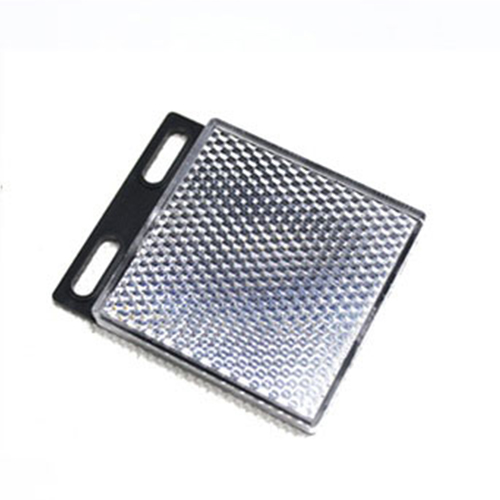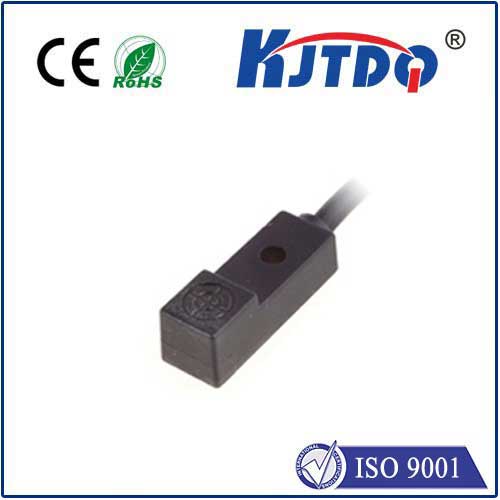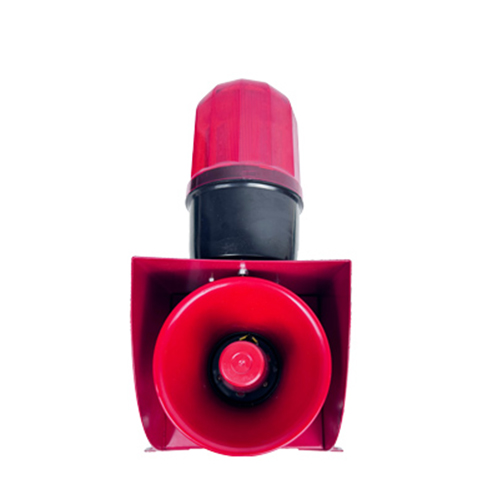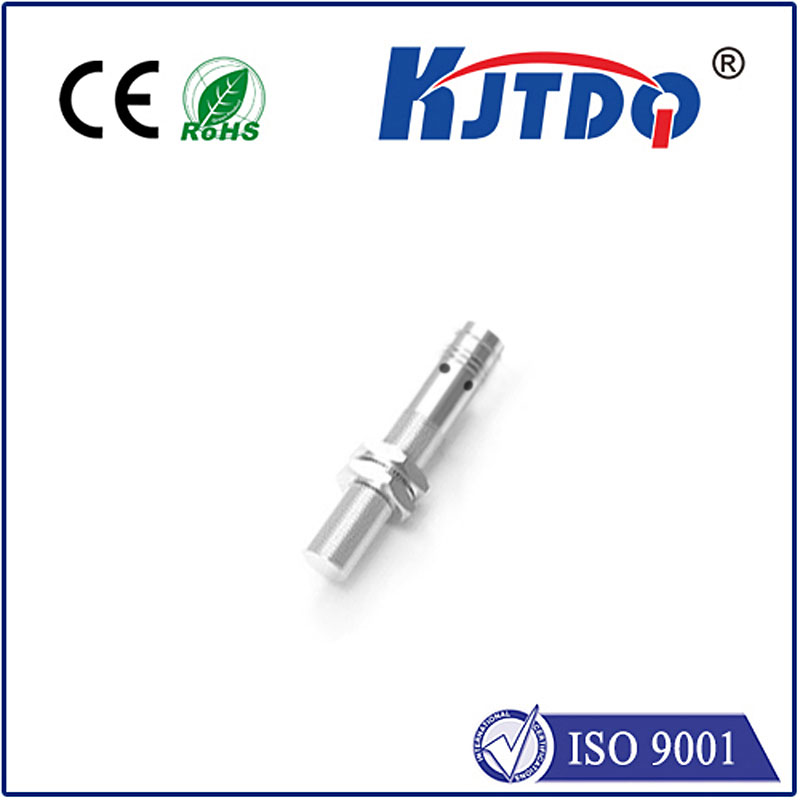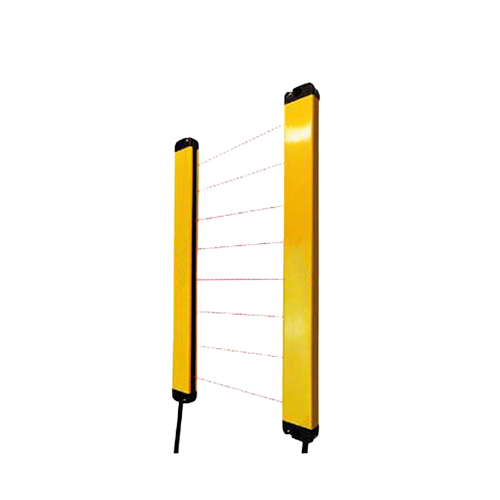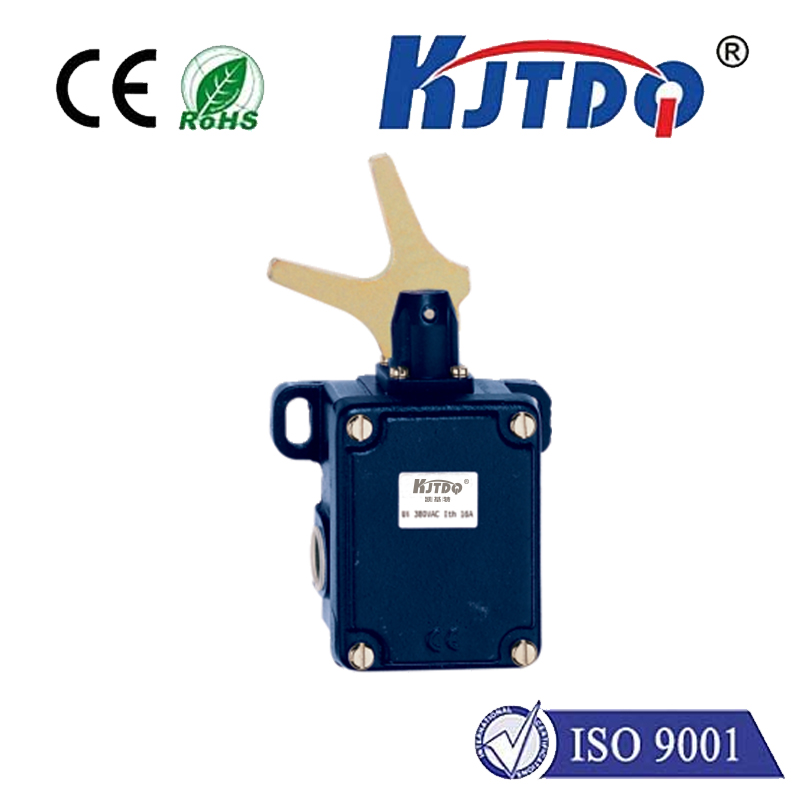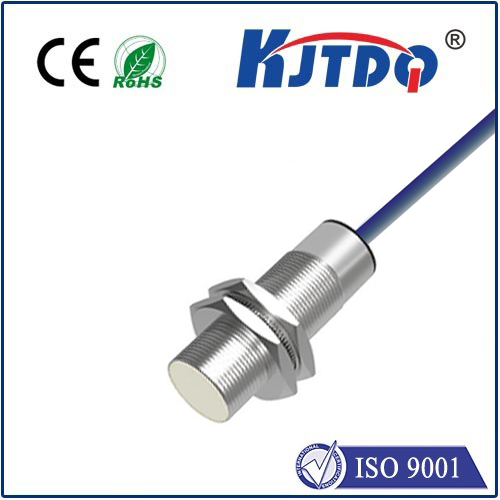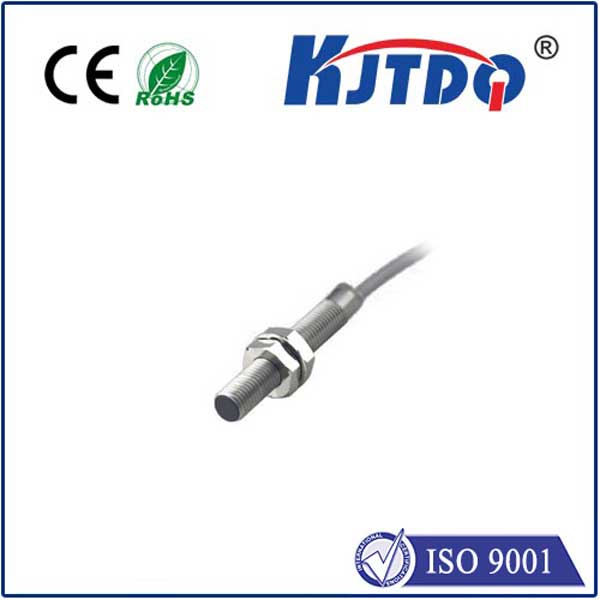proximity sensor 1 meter
- time:2025-06-23 16:04:37
- Click:0
Proximity Sensor 1 Meter: Your Essential Guide to Mid-Range Detection
Title: Mastering Mid-Range Detection: Understanding and Applying 1-Meter Proximity Sensors
Imagine walking through an automatic door – it slides open seamlessly just before you arrive. Or consider a modern car that warns you audibly as you near an obstacle while reversing. These everyday conveniences, and countless industrial processes, rely on one crucial component: the humble proximity sensor. But not all detection is created equal. When your application demands reliable detection of objects at a distance of approximately 1 meter (roughly 3.3 feet), a specific category of proximity sensor shines. This article delves into the world of 1 meter proximity sensors, exploring their technology, diverse applications, and key considerations.
What is a Proximity Sensor?
At its core, a proximity sensor is a device capable of detecting the presence, absence, or distance of an object without physical contact. It achieves this by emitting a field or beam and analyzing the changes that occur when an object enters its detection zone. This non-contact nature makes them invaluable for applications requiring wear resistance, hygiene, safety, or simply convenience where touching the object isn’t possible or desirable.

Focusing on the 1-Meter Range
While proximity sensors come in ranges spanning millimeters to several meters, the 1 meter detection distance represents a crucial “sweet spot.” It provides significantly more operational space than short-range sensors (cm range) used for tasks like position feedback on machinery, yet remains more compact, cost-effective, and faster than very long-range solutions like LiDAR often used in vast areas or autonomous vehicles. This 1 meter sensing capability balances reach, precision, and practicality perfectly for numerous scenarios.
How Do Proximity Sensors Detect Objects at 1 Meter?
Several sensing technologies are capable of achieving reliable object detection at approximately 1 meter. The choice depends heavily on the nature of the target and the environment:
- Inductive Proximity Sensors: These detect metallic objects only. They work by generating an oscillating electromagnetic field. When a metal target enters this field, it induces eddy currents, causing a measurable change in the field’s properties (like oscillation amplitude or frequency), triggering the sensor. While typically known for short ranges (<30mm), specialized inductive sensors, often with larger coil diameters or enhanced circuits, can effectively detect larger ferrous metal objects at distances approaching, or sometimes reaching, 1 meter.
- Capacitive Proximity Sensors: These detect any material – metal, plastic, wood, liquid, powder – by sensing changes in capacitance. The sensor creates an electrostatic field. When any object with a dielectric constant different from air enters this field, it alters the capacitance. Larger capacitive sensors, often with extended sensing faces or specific designs, can be tuned to achieve detection ranges of up to 1 meter, making them versatile for detecting various non-metallic targets at mid-range.
- Ultrasonic Proximity Sensors: Ultrasonic sensors are exceptionally well-suited for the 1 meter detection range. They emit high-frequency sound waves (inaudible to humans) and measure the time it takes for the echo to return after bouncing off an object. This Time-of-Flight (ToF) principle allows them to accurately detect virtually any solid or liquid object, regardless of color or material, at distances including 1 meter, with some models offering adjustable ranges beyond this.
- Photoelectric Sensors (Specific Types): While many photoelectric sensors focus on short or very long ranges, certain diffuse-reflective types with enhanced optics and powerful emitters can reliably detect objects at 1 meter, especially highly reflective ones. Background Suppression (BGS) sensors offer more precision at this range by focusing detection within a specific zone. Time-of-Flight (ToF) photoelectric sensors also excel in this mid-range, providing accurate distance measurement.
Why Choose a Sensor Specifically Rated for 1 Meter?
Selecting a proximity sensor explicitly designed and characterized for 1 meter detection offers distinct advantages:
- Optimized Performance: The sensor’s electronics, emitter power (for optical/ultrasonic), and coil design (inductive) are fine-tuned for reliable operation specifically at that distance threshold.
- Reduced False Triggers: Sensors designed for shorter ranges might sporadically detect objects beyond their intended zone, causing malfunctions. A 1 meter proximity sensor minimizes this risk at its set point.
- Consistent Reliability: It provides predictable and repeatable switching behavior precisely within the needed operational envelope.
Key Applications for 1-Meter Proximity Sensors
The versatility of 1 meter sensing makes it indispensable across industries:
- Industrial Automation: Detecting pallets on conveyors approaching workstations, monitoring bin levels for large containers, controlling access gates or turnstiles, confirming the presence of large machinery components on assembly lines, object counting at a distance on slower lines.
- Material Handling & Logistics: Presence detection of vehicles or AGVs (Automated Guided Vehicles) at docking stations or intersections, monitoring parcels on sorting lines, detecting oversized loads on conveyors.
- Machine Safety: Used as part of safety light curtains or area scanners to create safety zones around hazardous machinery, triggering stops if personnel get too close (often part of larger systems).
- Automotive: Park assist systems (particularly for rear/side sensors), blind-spot monitoring activation zones, detecting approaching vehicles or obstacles for automated features.
- Building Automation: Automatic door opening systems (especially larger doors or slower-moving ones), occupancy sensing for lighting control in medium-sized rooms, detecting people near display cases or exhibits.
- Agriculture: Detecting large equipment like tractors or trailers, monitoring bin levels for feed or grain storage, position sensing on large implements.
Critical Considerations When Selecting a 1-Meter Proximity Sensor
Choosing the right 1 meter proximity sensor involves evaluating several factors:
- Target Material: Is it metal (inductive ideal)? Non-metal like plastic or wood (capacitive)? Anything solid/liquid (ultrasonic/ToF photoelectric)? Is it reflective (photoelectric)?
- Environmental Conditions: Will the sensor be exposed to dust, dirt, moisture (IP rating crucial)? Extreme temperatures? Vibration? High levels of ambient light (affects photoelectric)? Acoustic noise (affects ultrasonic)?
- Required Output: Simple on/off detection (digital output)? Analog distance measurement? Specific communication protocol (IO-Link, etc.)?
- Response Time: How quickly must the sensor react to the target’s presence? High-speed applications need fast sensors.
- Size and Mounting: Physical constraints of the installation location often dictate the sensor’s form factor.
- Cost: Different technologies have varying price points; balance performance needs with budget.
The Future of Mid-Range Sensing
Proximity sensor technology continues to evolve. We see enhancements in 1 meter detection capabilities through more powerful and efficient emitters, sophisticated signal processing algorithms to combat noise and improve reliability, miniaturization without sacrificing range, and increased integration of intelligence (like IO-Link) for easier configuration, diagnostics, and process data utilization. The demand for reliable, cost-effective mid-range proximity sensing is only set to grow.
The 1 meter proximity sensor is a workhorse of industrial and commercial automation. By understanding the core technologies available, their strengths and limitations, and carefully considering application requirements, engineers and designers can effectively harness this powerful mid-range detection capability to enhance safety, efficiency, and automation across a remarkably broad spectrum of tasks. Whether it’s ensuring smooth material flow, enhancing safety protocols, or enabling hands-free operation, the proximity sensor 1 meter solution is a critical enabler in our increasingly automated world.






